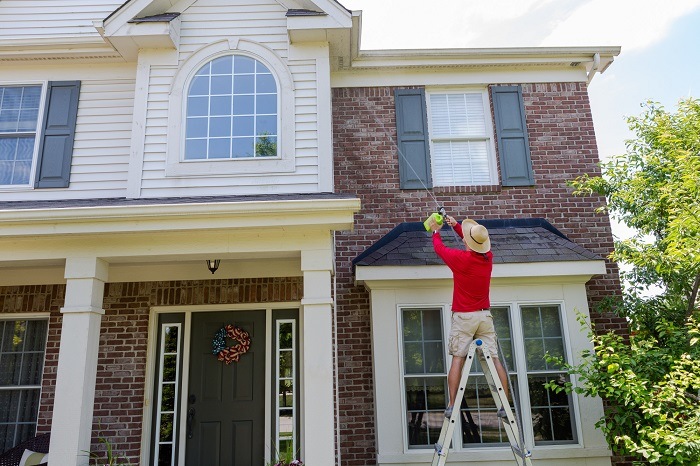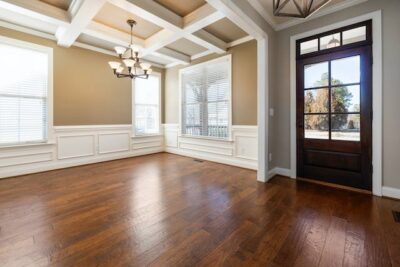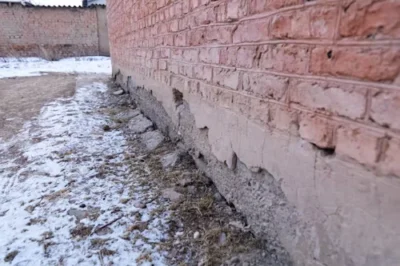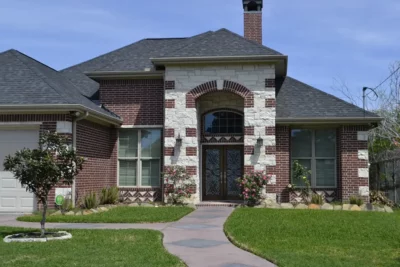Our roofs keep us dry and shelter us from the elements, but they’re usually the most overlooked parts of our homes.
And what’s even more ignored are two essential materials attached to our roofs known as soffits and fascias.
Just as our roof protects our house from the elements, soffits and fascias also keep inclement weather at bay. They help our roofs work better.
In this post, you’ll learn why soffits and fascias are important to our homes and how they protect our roof and the exterior and interior of our home.
Without further delay, here is why soffits and fascias are so important.
An Essential Guide: Why Soffits and Fascias Are Important for Homes
In this article, you’ll learn how soffits and fascias help guard our home. And why we need them.
1. Fascias Block the Roof from the Elements
Fascias serve as a barrier between the edge and the outside of our roof. They defend the roof from the elements and protect the inside of houses from damage caused by rain, snow, and hail.
You can find these vertical structures located where the gutter affixes to the roof. During heavy rainstorms, fascias boards support roof tiles while protecting your house from many gallons of water that fall.
While older homes don’t contain fascia boards, most newer homes are made with them.
How To Recognize Fascias
Fascia is a vertical band of material that is between four and eight inches in height. They cover the front edge of our home’s eaves. Fascia covers the wood on our homes and defends the wood against damage from water.
They’re important because when wood gets water damaged, it can reach the roof, cause rot and weaken the roof. This is when the roof becomes vulnerable to leaks and can let pests paw and crawl in.
2. Soffits: Defenders of Rot and Roof Instability
Have you seen an exposed section on your roof beneath the overhang? Well, that’s the soffit.
If your house didn’t have a soffit, you’d see exposed rafters when you look at your roof. Without a soffit, your roof would rot and would be unstable. That wouldn’t look very attractive.
To add, the tiny holes contained in soffits also help to ventilate your attic. These small holes help circulate the air.
How Soffits Help Your Home in Summer and Winter
These materials are important in both hot and cold environments. In the summer they keep your attic from overheating.
But they protect your rafters from damage that occurs due to moisture that develops during the winter months.
3. More Than Design Elements, They Reduce the Need for Maintenance
Although soffit boards and fascias can look attractive, they’re more than design elements. Soffits and fascias protect your home. They also decrease the need for maintenance to be done on your home.
Older homes and cheaply made homes may not be built with fascias and soffits. Some people in an effort to save money may opt not to include them when building their new homes.
But some people may not have a choice since building codes in certain geographical regions such as Florida have rules about soffit installation.
Even when you’re municipality doesn’t require them it can be a mistake to build without them. They not only do they give the home a more finished appearance, but they also keep out pests.
When soffits and fascias cover the edge of roofs they also keep squirrels, bats, and birds away.
4. How Soffits Protect Your Home from Moisture Damage
Just like fascia, soffits can prevent water damage from entering your home. This can happen in a geographical area with strong winds. This environment can direct rain under eaves.
Soffits help prevent water from entering the structure of your home if you live in this type of climate.
5. Do Soffits and Fascia Boards Need to Be Vented?
You might be wondering if fascias are vented? The answer is no. Fascia boards don’t need to be vented.
Actually, the perforations needed for ventilation could allow water to get into the wood layer beneath and add to rot that could occur underneath the fascia.
On the other hand, soffits can be made to be vented or unvented. If you have a vented roof, you’ll likely need a vented soffit. If your roof is not vented, you’ll require an unvented soffit.
The materials you will need will depend on two criteria: code requirements and climate.
Be sure to check the code guidelines before you purchase materials. Some regions require vented soffits to protect your attic.
6. Materials Soffits and Fascias Are Made From
Soffits and Fascia can be constructed from a wide variety of materials, including sheet metal, aluminum, vinyl, and wood.
Others are constructed of composite or synthetic materials like fiber cement or UPVC, made from plastic.
The materials you choose will depend on your personal taste, budget and the construction of the rest of your house.
7. When Do Soffits or Fascia Need to Be Replaced?
While fascias can last many years, it’s always a good idea to keep an eye on them. When the board becomes worn and damaged or gets too old, they’ll need to be replaced.
Here are some signs it’s time for a replacement:
- Look out for peeling paint. When your paint begins peeling this can be a sign that your soffits and fascias are no longer defending your home from moisture.
- Look for infestation. Rodent or insect nests can be a sign of infestation and let you know your soffits and fascia boards need to be replaced.
- Look for rotting and dampness. This is a sign your soffits or fascias have stopped working.
These three main reasons indicate it’s time to replace your soffits and fascia boards.
The Takeaway on Soffits and Fascias
Now you know the reasons why soffits and fascias are so important to your home in our guide for homeowners. They help protect your roof from water, keep out moisture, property ventilate your attic, and keep pests away.
Our company provides you with informative content on a variety of topics. Explore our website for more great content.










